Looney Tunes was a classic children’s animated series that was produced by Warner Bros and featured an ensemble of iconic characters like Bugs Bunny, Tweety, Daffy Duck, Road Runner, and Porky Pig. The legacy of the goofy, slapstick animation style that the show emulated and its characters have both influenced generations of animators. However, considering several Looney Tunes episodes aired decades ago, some of these don’t stand the test of time.
Like other Golden Age cartoons, Looney Tunes too has its share of episodes that present racial prejudices, stereotypes, or problematic content that wouldn’t suit modern-day audiences.
Angel Puss (1944)
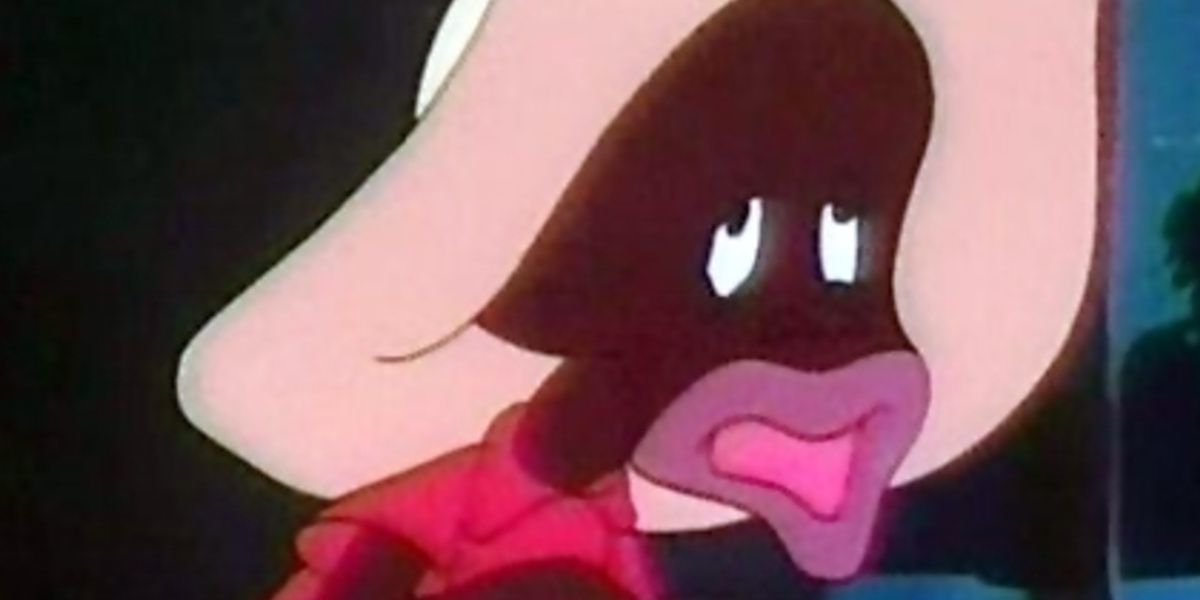
Angel Puss was a part of the Censored Eleven, 12 infamous Looney Tunes episodes that were censored and then totally banned from airing ever since 1968 (even though they made their way in low-cost VHS and DVD sets). Angel Puss stars a Lil Sambo-like blackface character that’s antagonistically shown as irrational and violent, with even his speech being stereotypical.
It features a young black boy who plans to kill his cat but instead fears what he believes is the cat’s ghost. After he finds out that the ghost is nothing but his cat with white paint, he kills the creature with a shotgun only to be greeted by actual ghost cats. Protests ensued by African-American groups even during its time of release, as the short showed the lead character to be illogical and conservatively superstitious.
For Scent-imental Reasons (1949)
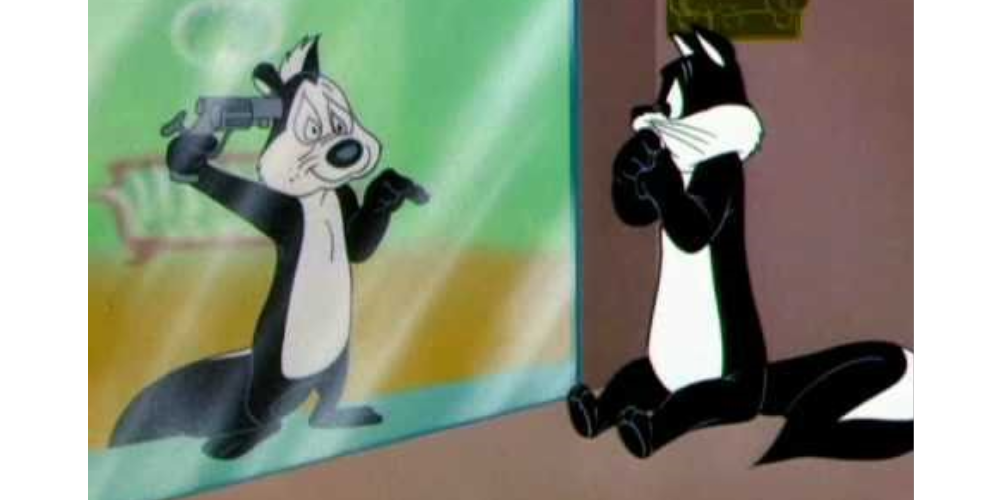
Suicide gags were aplenty in Looney Tunes. It wasn’t surprising to see characters hold a loaded gun against their temples in a couple of episodes. While no graphic shootings were depicted, such scenes haven’t aged well in the context of awareness around suicide prevention and increasing debates for gun control.
The French skunk Pepe Le Pew is shown as a casanova who can go to some extreme height to impress the love of his life. In the Oscar-winning short, For Scent-imental Reasons, Penelope tries staying away from the protagonist for his strong odor. Distressed by her rejection, Pepe emotionally manipulates her by faking a suicide. He fires a gun and viewers see a few splashes of blood. As Penelope runs in fear, she falls into Pepe’s arms who charmingly says, ‘I missed, fortunately for you’.
Bugs Bunny Nips The Nips (1944)
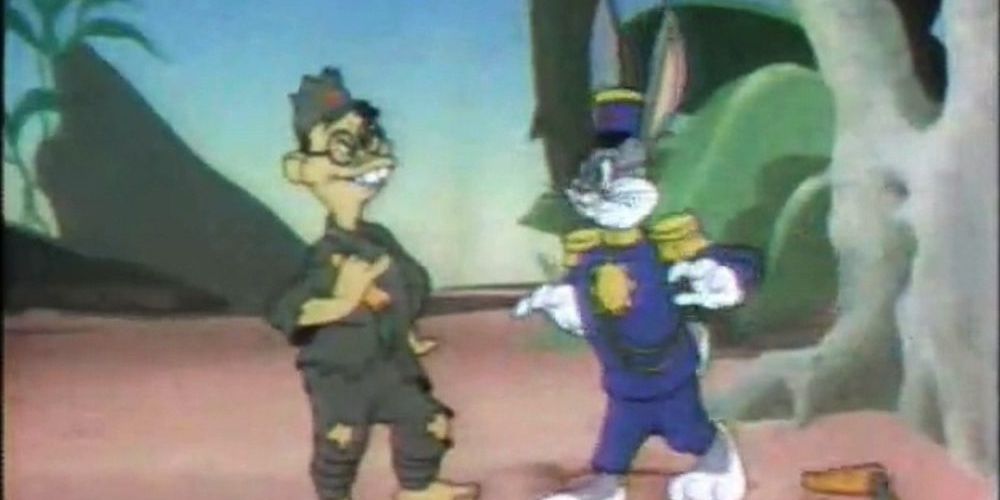
Released during the peak of the Second World War, this early Bugs Bunny cartoon finds the wise, fast-talking rabbit stuck in an island inhabited by Japanese forces. The enemy troops are depicted as short, bare-footed, and buck-toothed. They speak in mocking accents and Bugs Bunny goes to the extent of calling them ‘slant eyes’ and ‘monkey faces’.
Bugs Bunny Nips The Nips did get limited airing in the years to follow, to respect the sentiments of Japanese and other East-Asian ethnicities. Despite that, the episode was available on home videotape collections up to 1991.
All This And Rabbit Stew (1941)
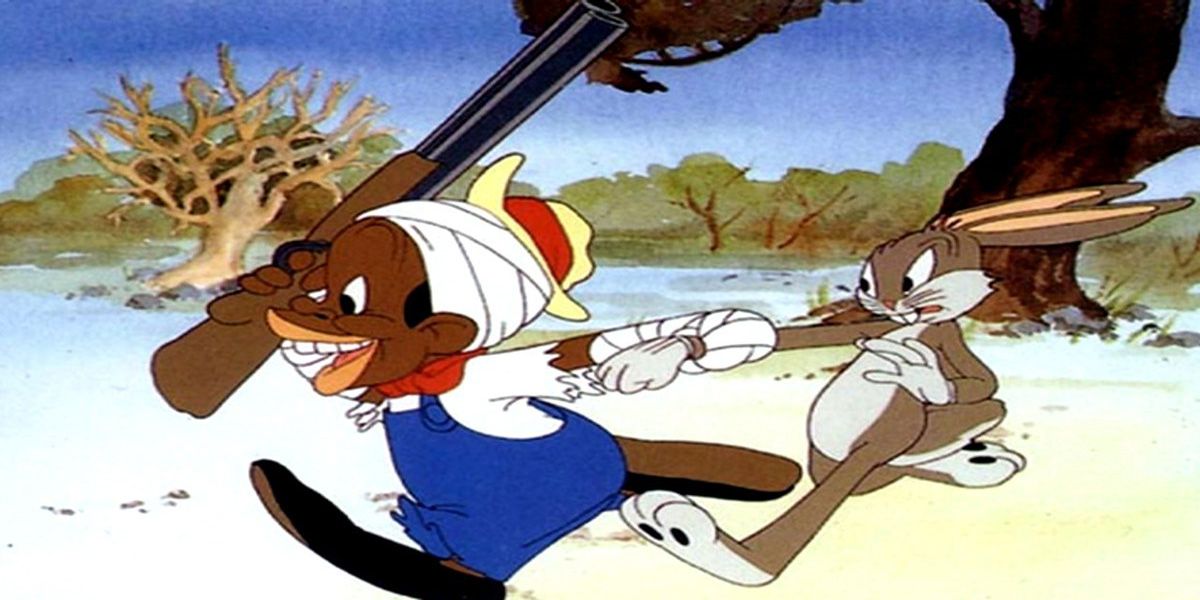
Another featurette with Bugs Bunny, this time the rabbit is chased by an African-American hunter. Just like Bugs hurling offensive remarks at the Japanese, he verbally charges at the hunter too calling him ‘a big-lipped, sleepy-eyed country coon’.
The hunter’s mumbling and exaggerated mannerisms were similar to that of African-American comedian Stepin Fetchit. Fetchit himself was scrutinized by Civil Rights leaders for promoting unwanted stereotypes and hence, it’s not surprising to see why this Bugs Bunny short-film too proved to be a racist misfire. All This And Rabbit Stew was eventually censored and became a part of the aforementioned Censored Eleven.
Carrotblanca (1995)
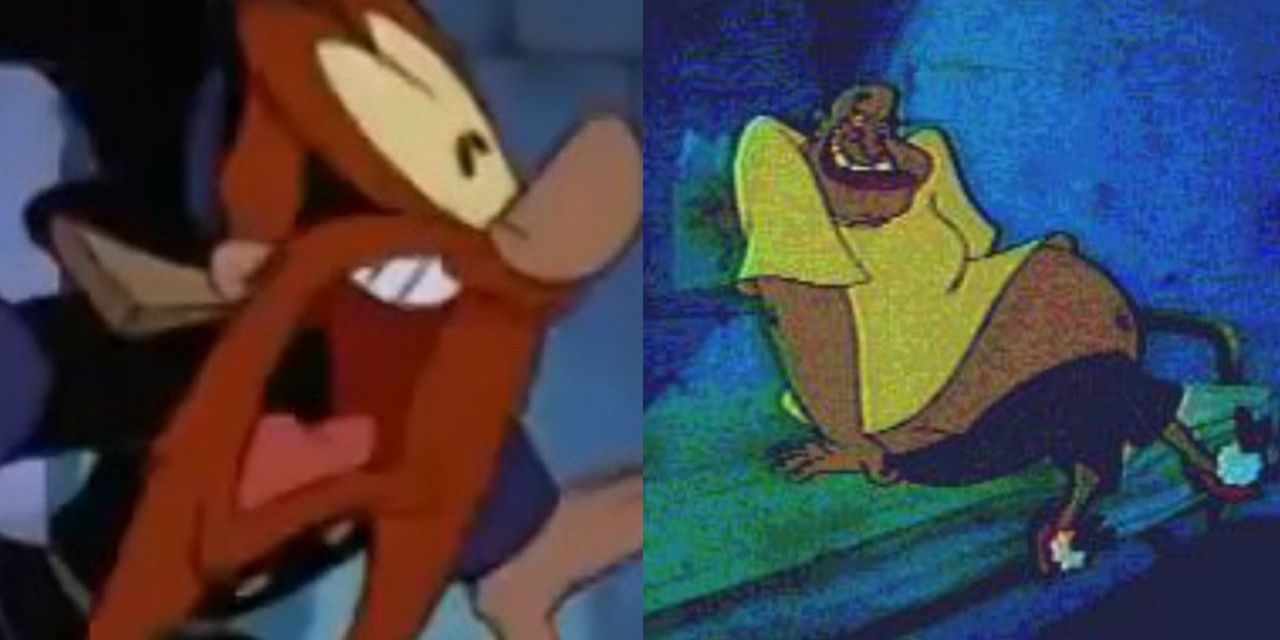
Sexual abuse in prisons is a very touchy issue that unfortunately becomes the butt of several grossly inappropriate jokes in films and TV. In the case of Carrotblanca (an obvious parody of the classic Casablanca), General Pandemonium aka Yosemite Sam is mentally convinced by Bugs Bunny that he’s guilty of a certain crime. As a result, he voluntarily looks himself up in a prison cell.
Sam’s eyes grow big and he takes a gulp of fear as he sees his cellmate creepily smiling at him, and wearing pink bunny slippers for some reason. The moment can get quite dark for an otherwise goofy short, even though Pepe too gets enough footage of forcefully charging at a female skunk for a kiss.
Coal Black And De Sebben Dwarfs (1943)
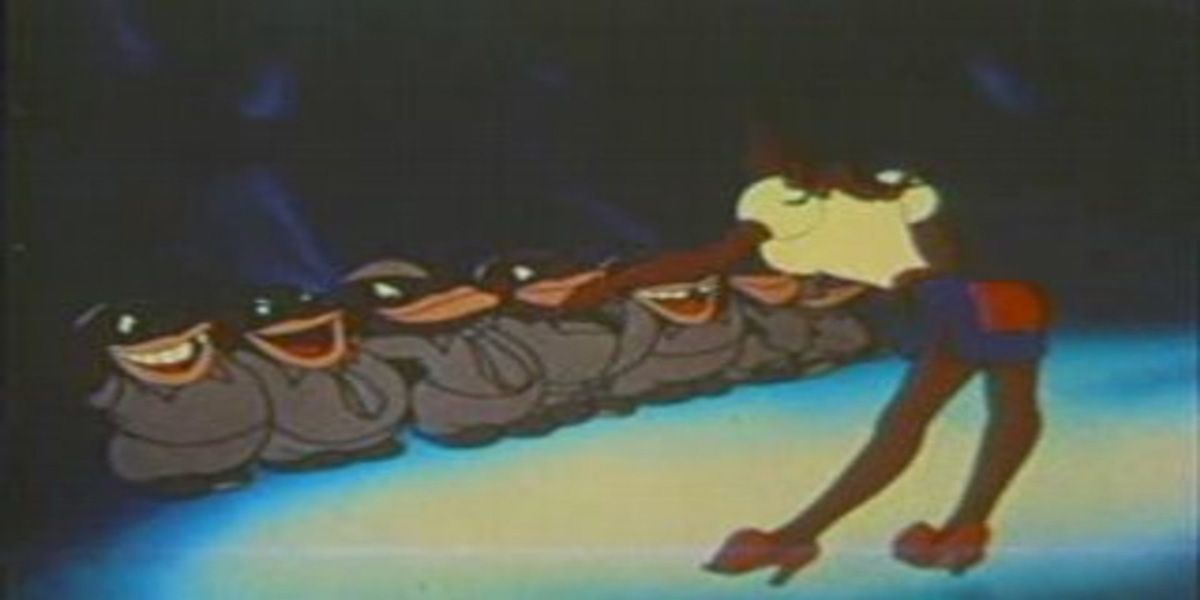
An all-black parody of Snow White and the Seven Dwarves (chiefly the Walt Disney film than the fairy tale), this short film’s racism and stereotyping is evident right from its title. African-American characters are almost depicted as different creatures altogether, rather than human beings.
The irony lies in the fact that director Robert Clampett intended this animation to be a tribute to African-American jazz musicals, and was inspired by Duke Ellington’s musical revue Jump For Joy. Another controversial aspect was the skimpily-clad and hypersexualized protagonist Coal Black.
One Beer (1991)
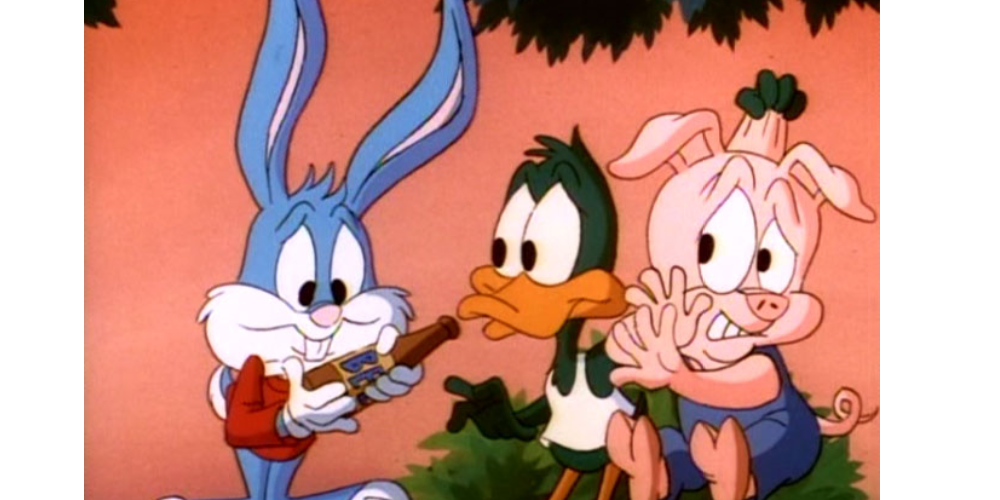
Tiny Toon Adventures was a short-live collaboration by Warner Bros to introduce the next generation of Looney Tunes characters, most of which were young animals who attended Acme Loonieversity. Even though the target audience included young children, some of its episodes tried to preach social messages, such as the ill-effects of drinking as shown in the One Beer segment of the episode Elephant Issues.
The characters Buster, Plucky, and Hamton find an open beer bottle (in what seems like Bugs Bunny’s fridge). Drinking this beer leads them to a downward spiral of wandering like homeless hobos and engaging in a joyride, eventually driving a cop car off a cliff and dying! The characters’ ghosts then descend to heaven and it’s revealed that the episode was a one-off to show that drinking can be ‘uncool’. It’s still a pretty dark way to convey that message!
The Scarlet Pumpernickel (1950)
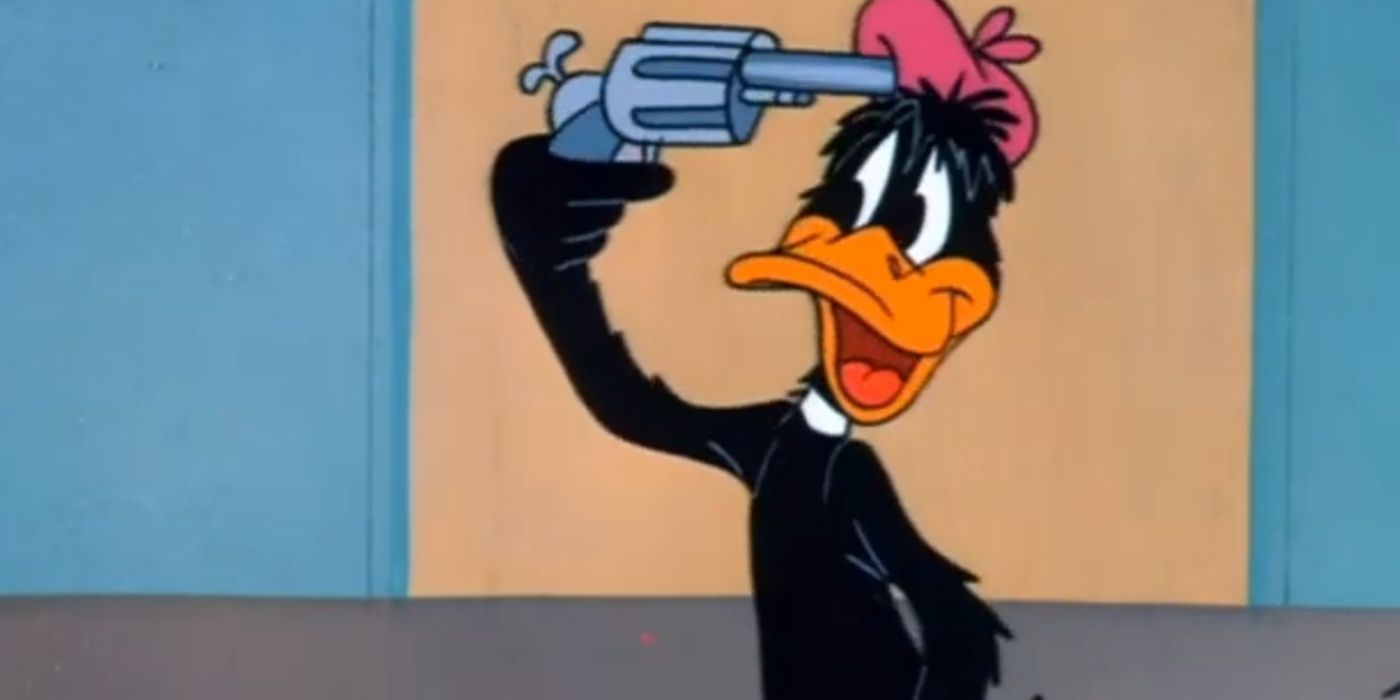
The Scarlet Pumpernickel is anything but problematic and a fine work of dark comedy. It’s just that its suicide gag towards the end and realistic third act might seem a bit hard to interpret for naïve viewers. Daffy Duck plays a struggling screenwriter, encapsulating the burnout an artist can go through for the sake of art.
The Duck pitches a script to Jack Warner of Warner Bros, that goes on for over 2,000 pages. And yet in the end, the studio executive isn’t amused and needs more substance. In a fit of frustration, Daffy says that he would blow his brains out and that’s what he does. However, he gets up and it’s revealed the bullet went through his hat. He looks at the audience and rants, ‘It’s getting so you have to kill yourself to sell a story around here’.
Fresh Hare (1942)
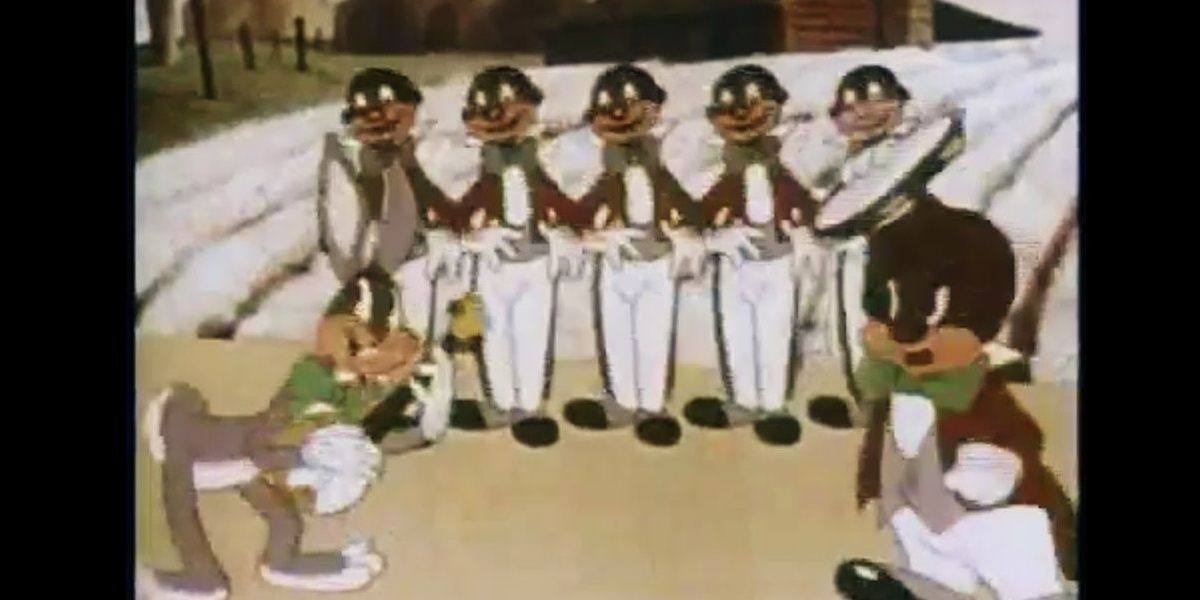
Another offensive short starring Bugs Bunny, Fresh Hare was notorious for its final scene in which the entire cast breaks in a musical number, wearing Blackface. The hunter Elmer Fudd plans to shoot Bugs Bunny and asks him if he has a final wish.
The rabbit wishes to sing the song Dixie, in a manner similar to the highly racist Mammy by Al Johnson. If that was not enough, Fudd and his firing crew sport blackface and sing the chorus of the song Camptown Races. With a sense of pride, Bugs ends the episode by breaking the fourth wall, saying ‘Fantastic, isn’t it?’
Jungle Jitters (1938)
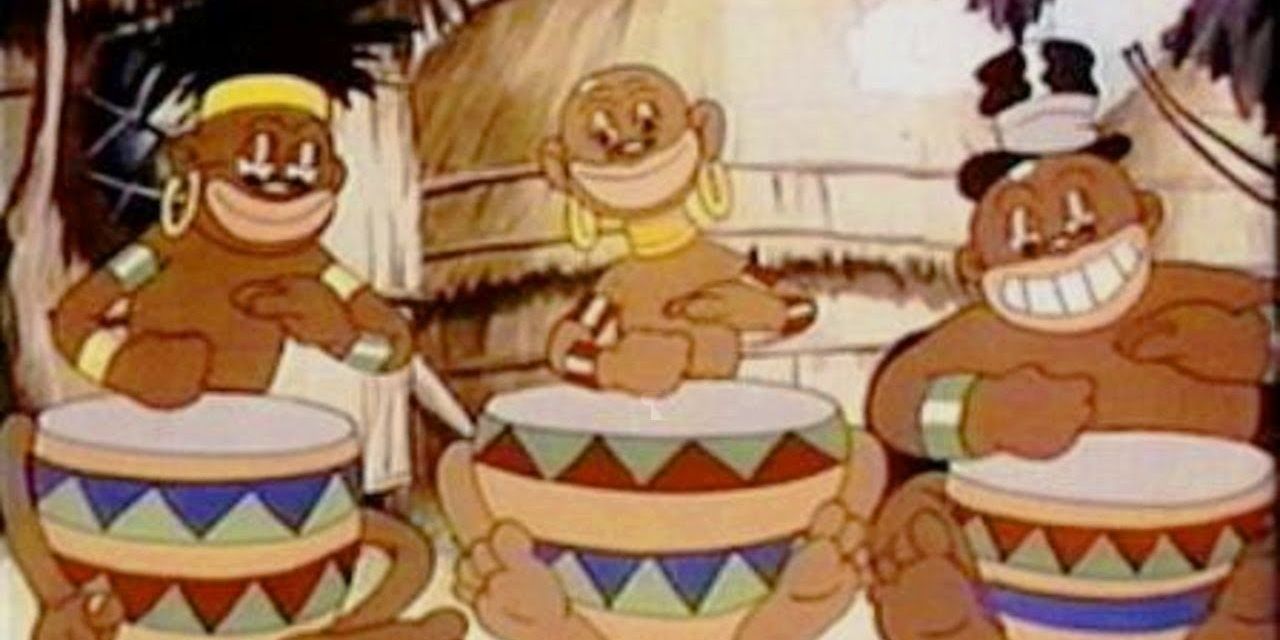
A part of Looney Tunes’ old sister series Merrie Melodies, Jungle Jitters features a dog-like salesman (seen as an equivalent of a white man) visiting an African village. As expected, the village is filled with stereotypes, inhabited by ‘savages’ and ‘natives’ who dance and live in a primitive manner.
The salesman then gets smitten with the village queen. And right when they are about to marry and kiss each other, he gets cold feet and jumps into a cauldron. It’s suggested that he would be cooked and eaten by the cannibalistic villagers.




